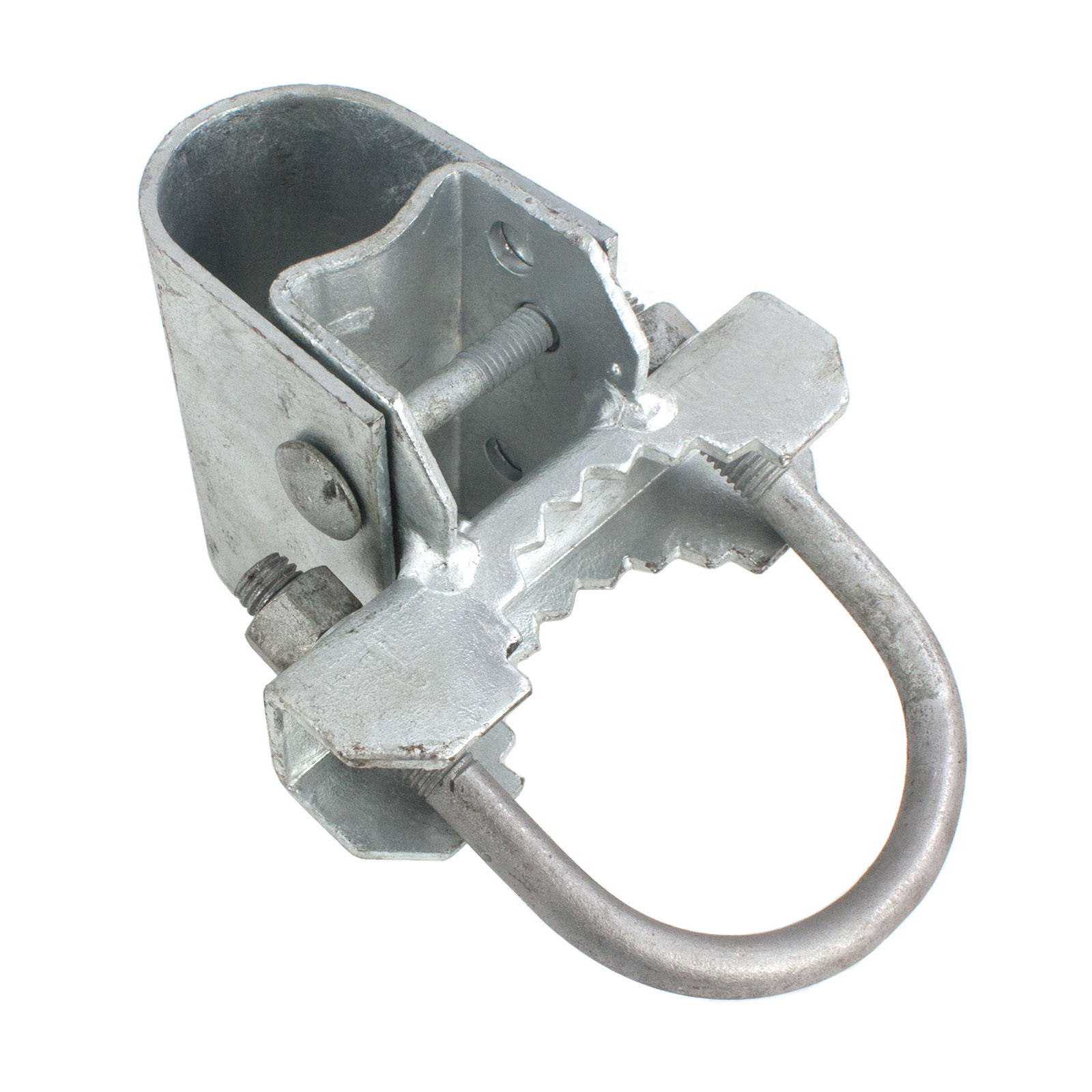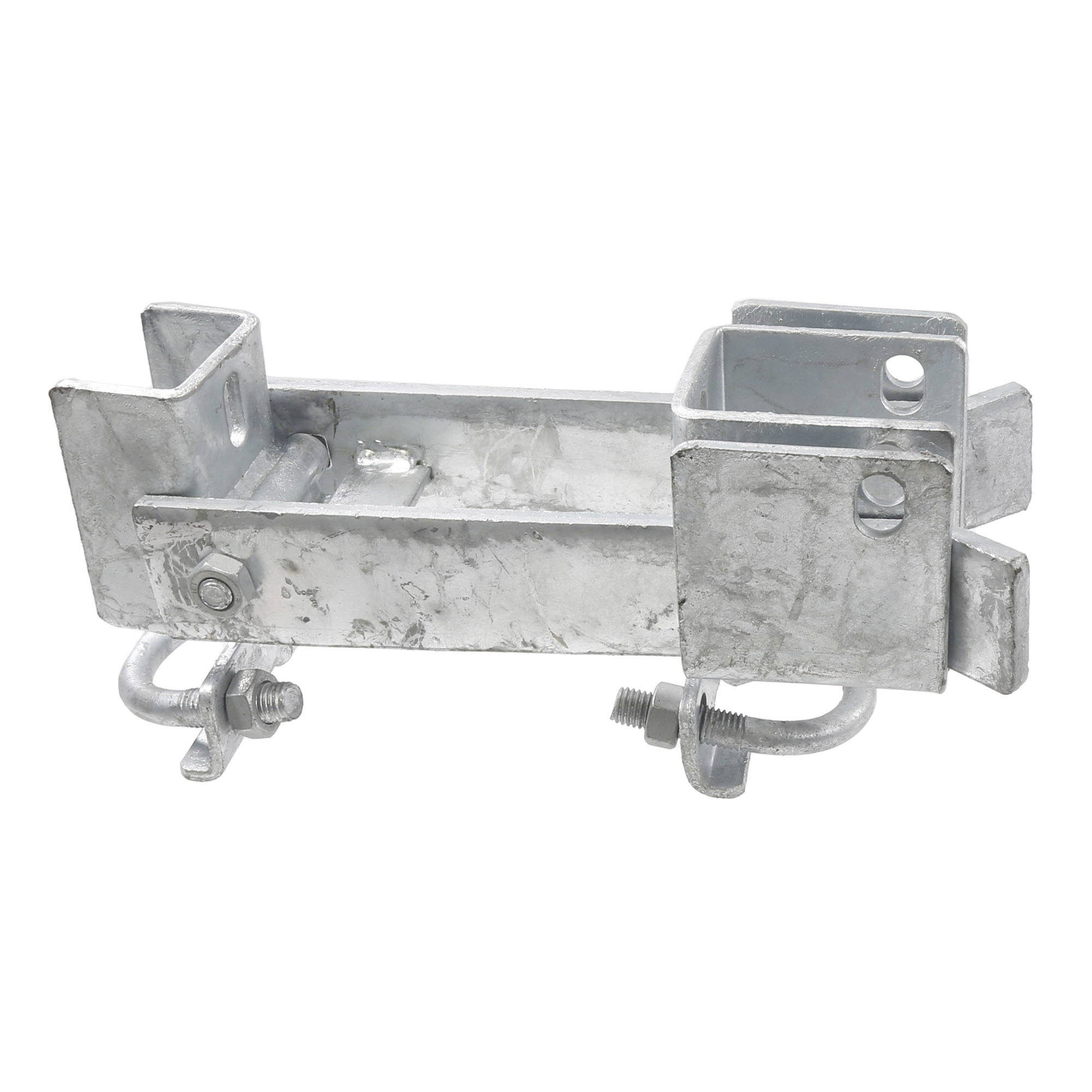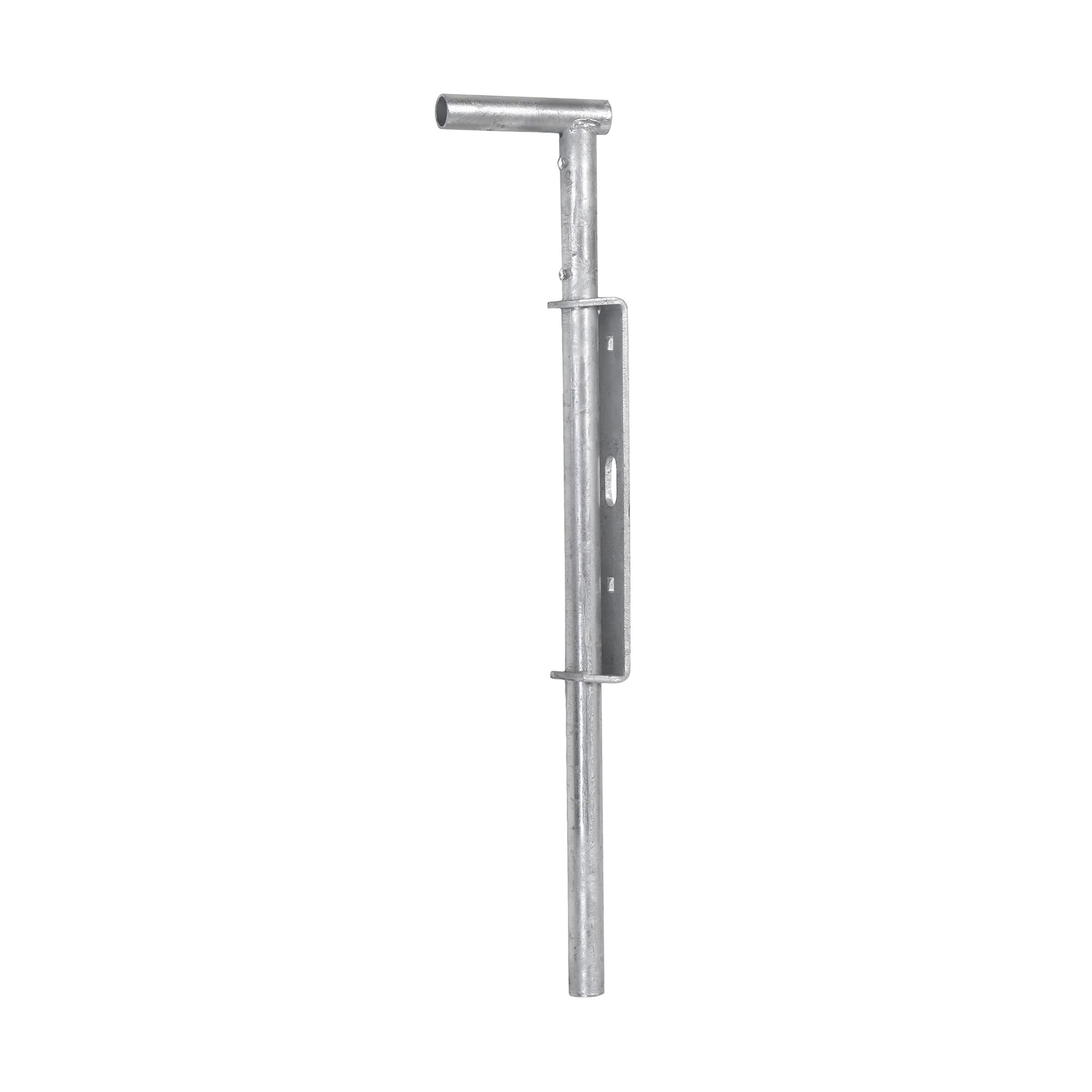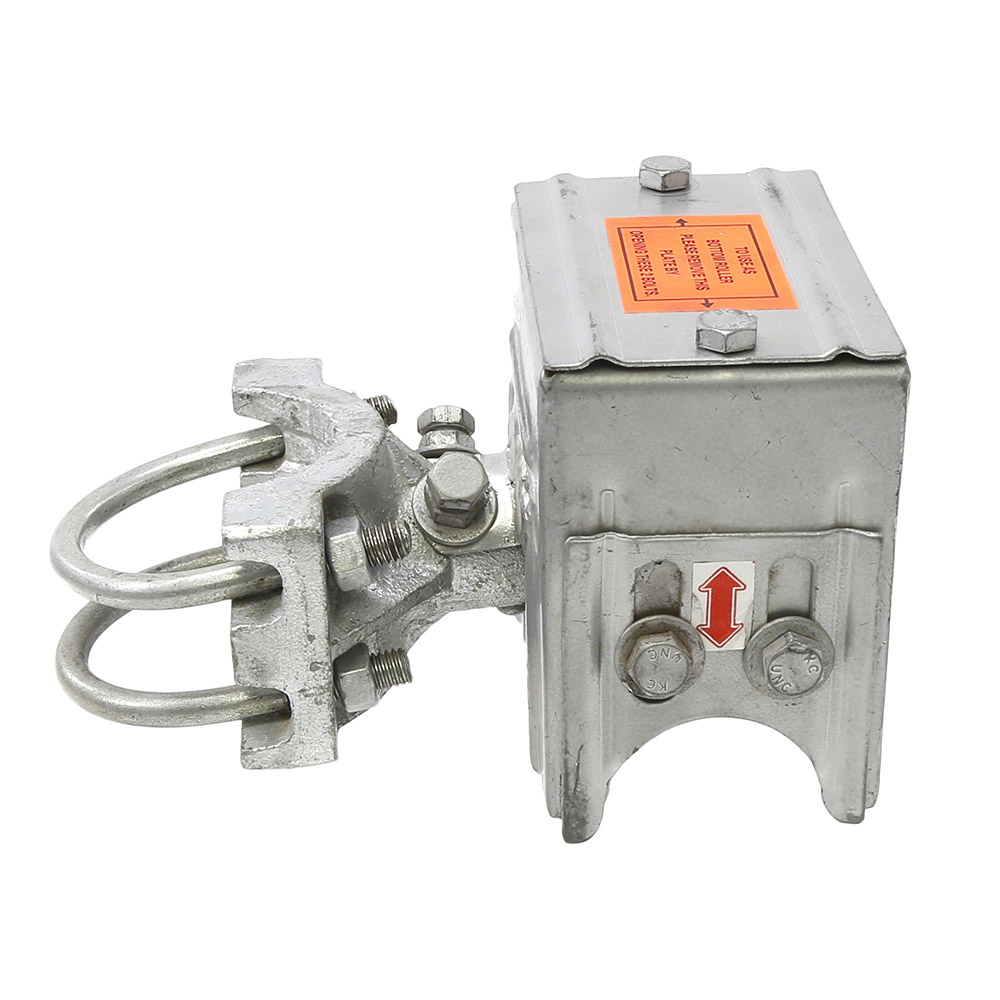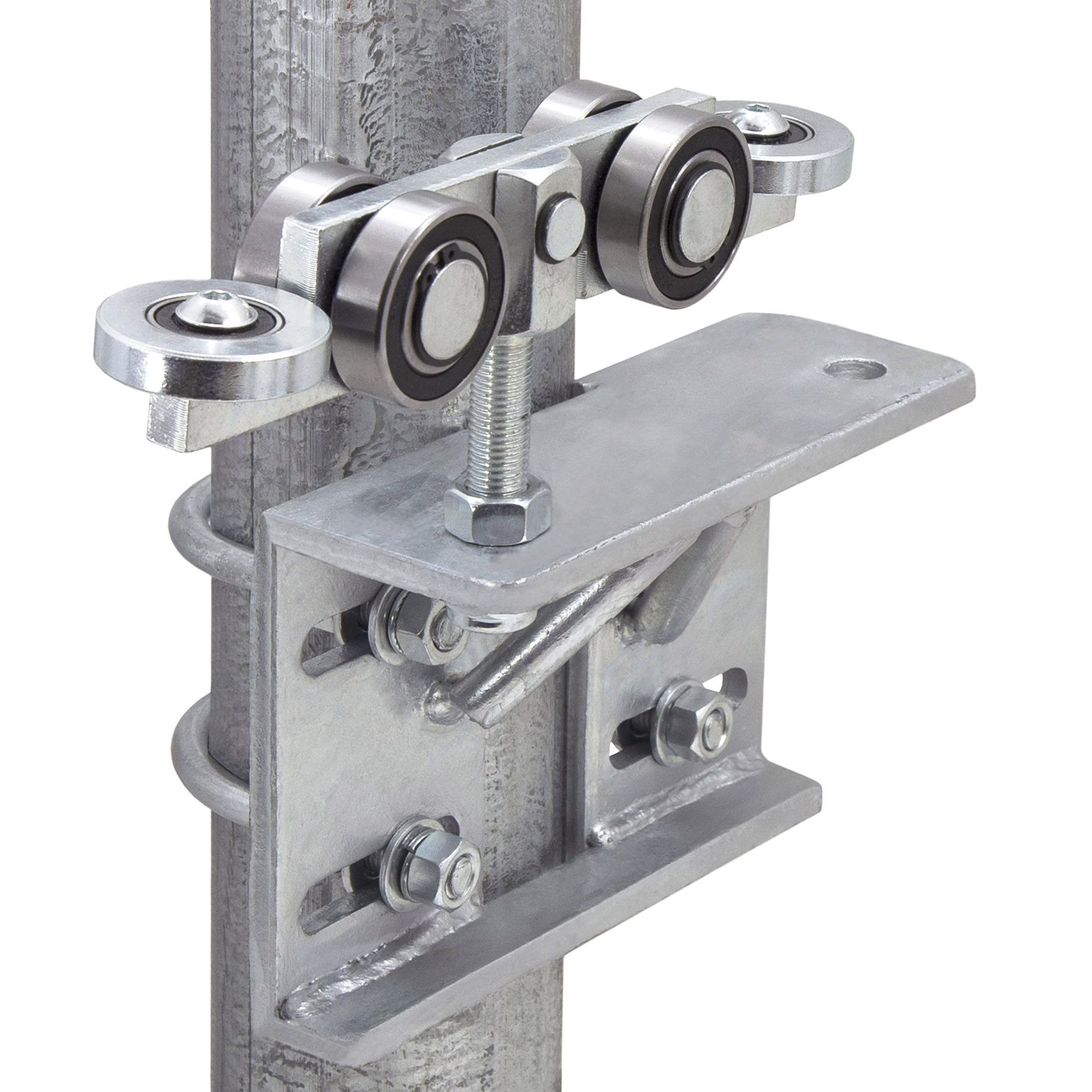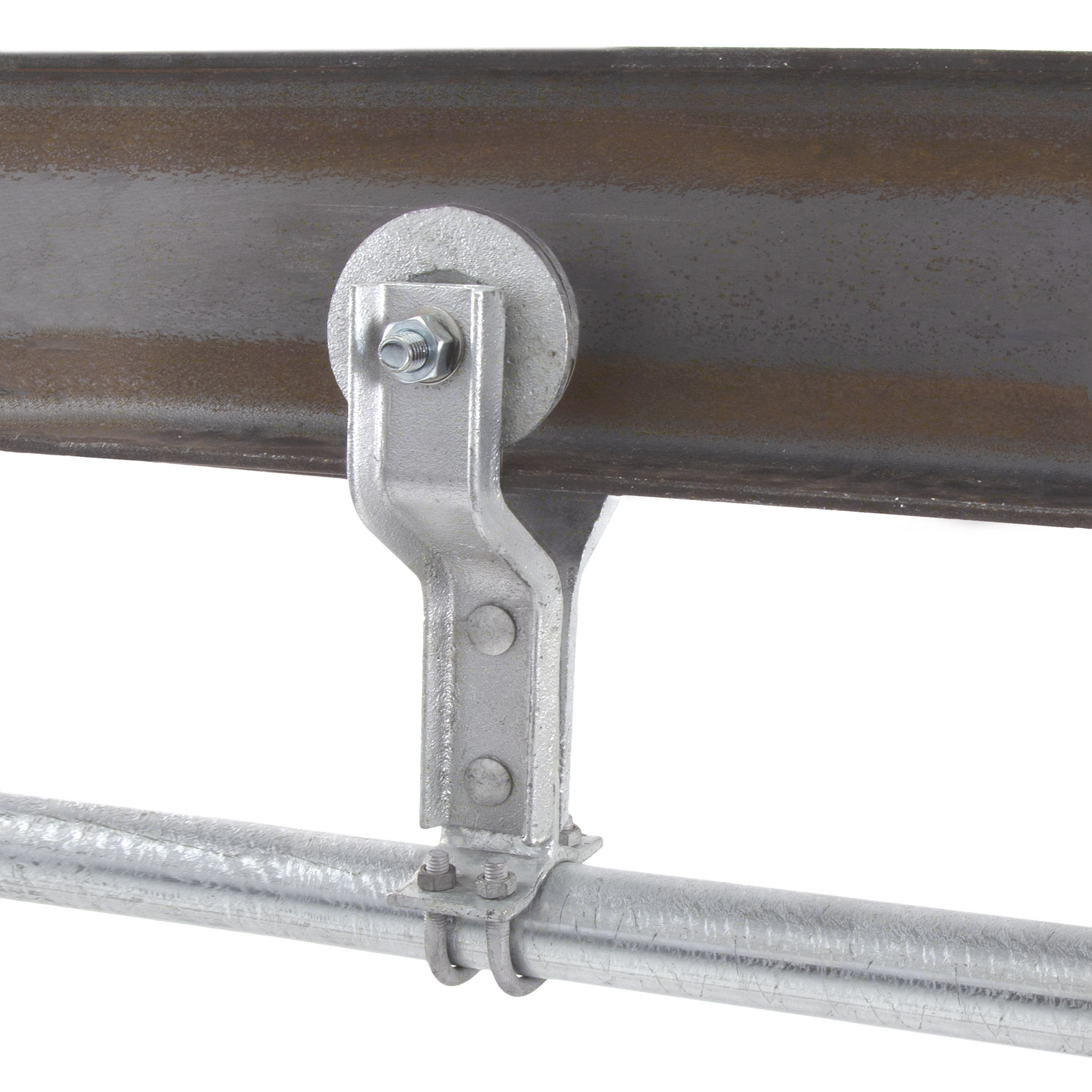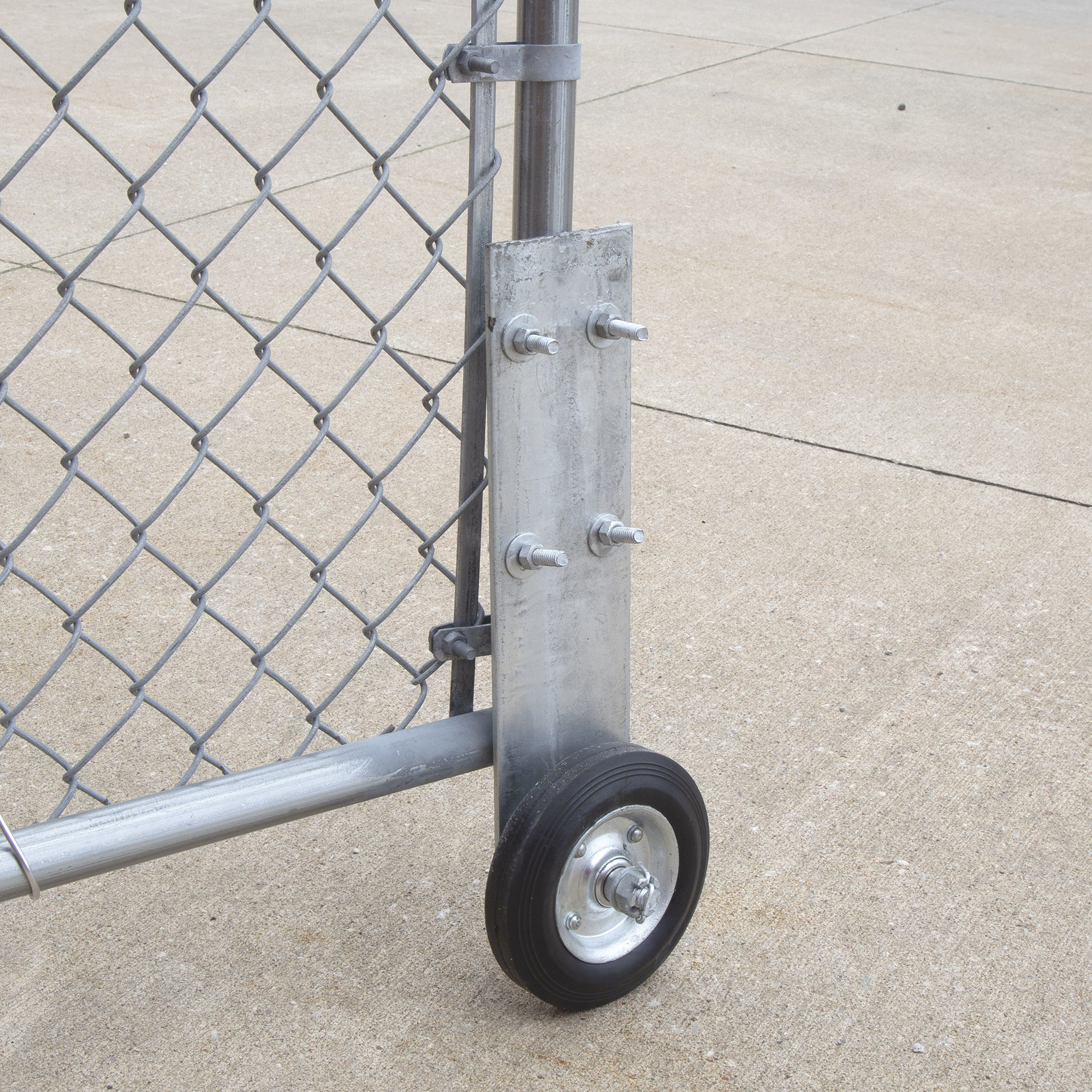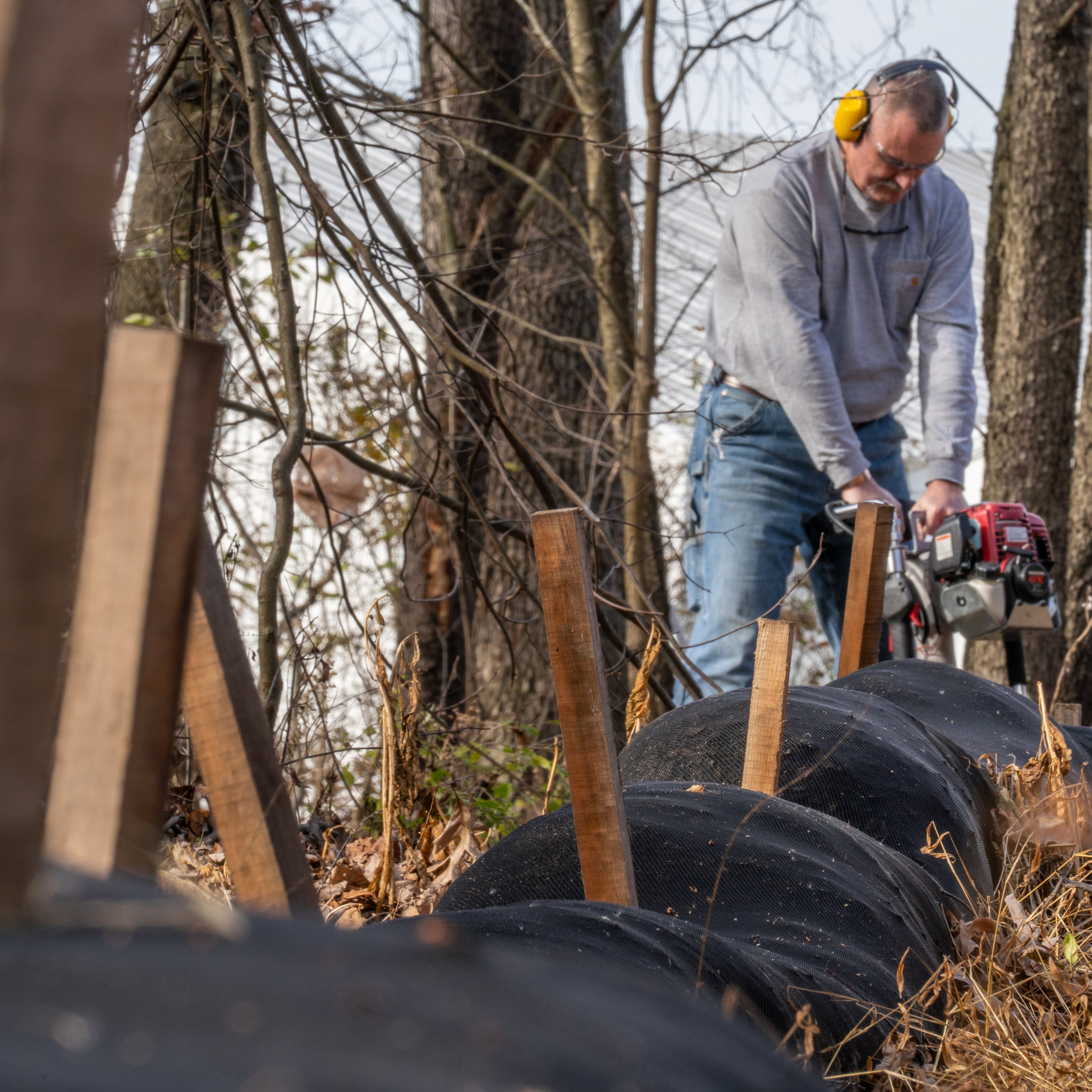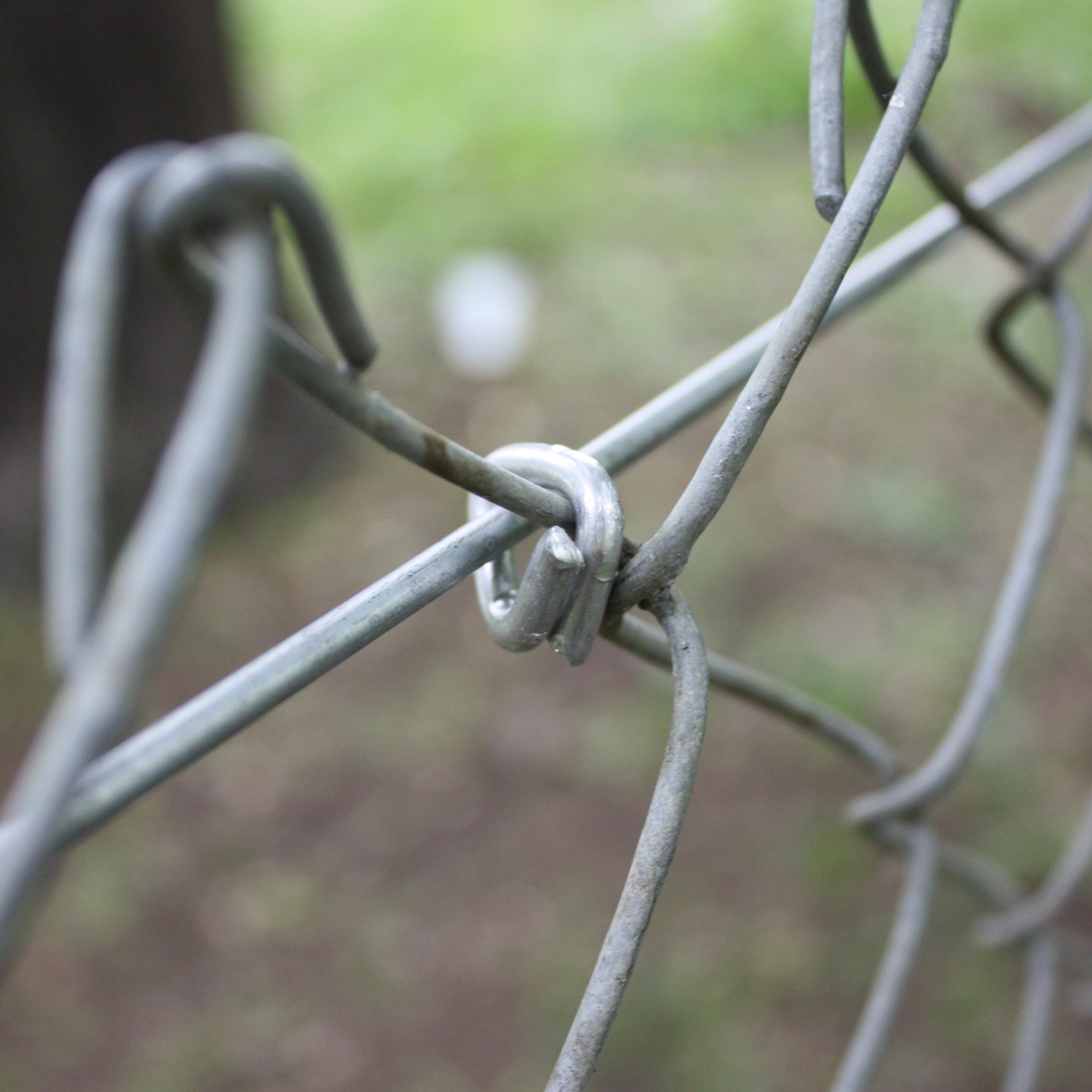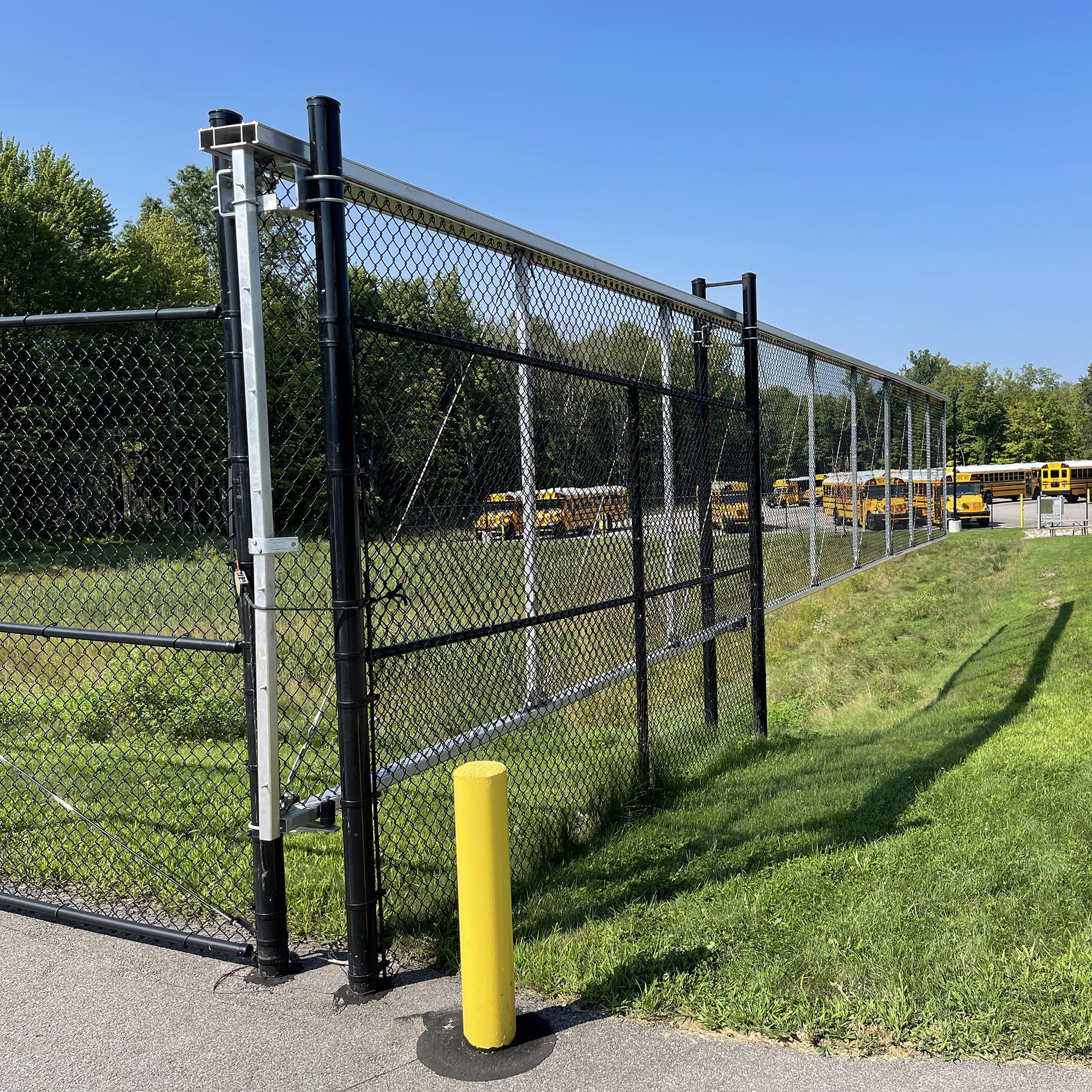What Do I Need to Build a Chain Link Gate?
There are several ways to build a chain link gate. There are several types of chain link gates you could assemble. While chain link gates are fairly customizable in style and operation, all will need a frame. Chain link gate frames consist of tubing and gate corners. Let Chain Link Fittings guide you through your chain link gate options, the materials needed, and the assembly.
Types of Chain Link Gates
There are five chain link gates: walk gates/single swing gates, double swing gates, cantilever gates, and roll gates. Walk gates and single swing gates tend to be classified differently because a walk gate is smaller and intended for pedestrians, while a single swing gate is commonly phrased for larger vehicle gates. Double swing gates are also similar but consist of two swing gates that meet each other at a center point. All these gates will require hinges and latches or drop rods.
Cantilever, truck assembly, trolley assembly, and roll gates differ greatly from swing gates regarding operation and parts. These gates will open parallel to the chain link fence and require unique fittings. Cantilever gates which incorporate truck/trolley assembly gates, require counterbalance posts and cantilever rollers or truck assemblies /trolley assemblies, and a receiver latch. Roller gates require at least one roller wheel, track roller, and track, depending on the gate size.
Chain Link Walk Gate
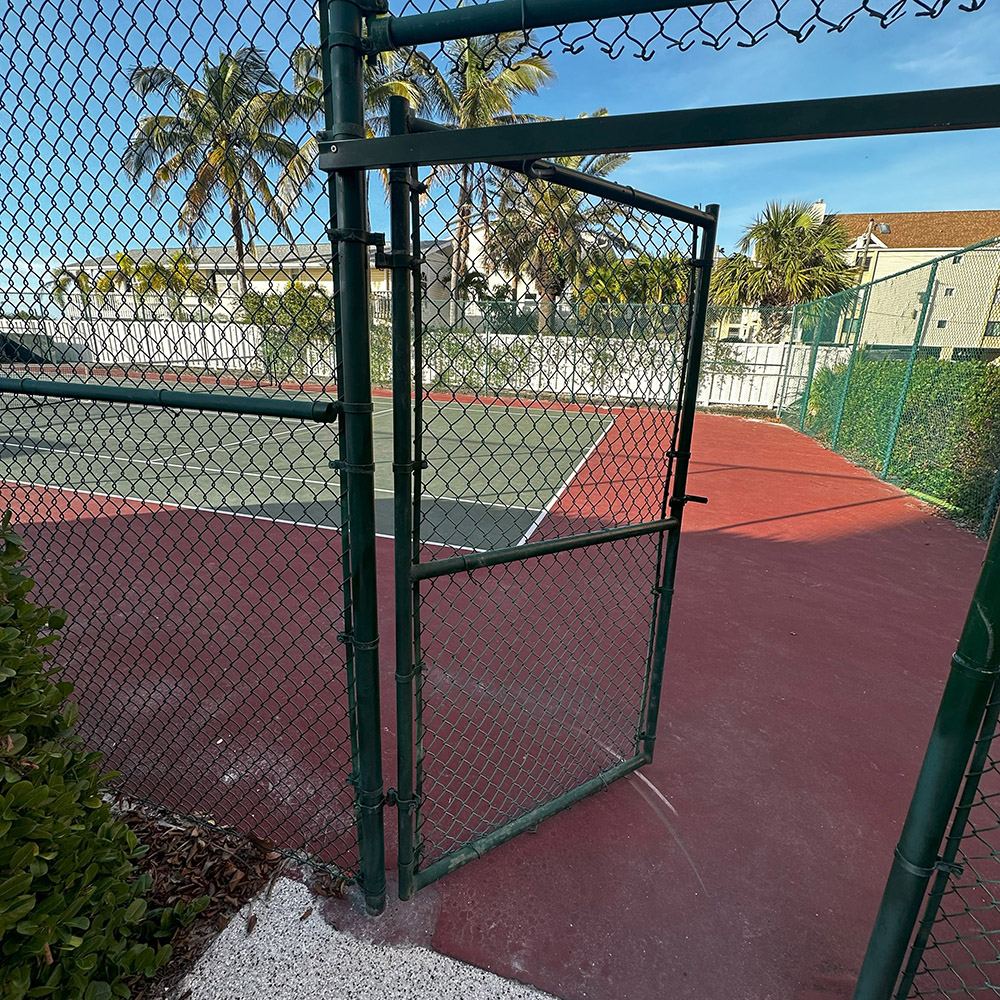
Chain Link Single Swing Gate
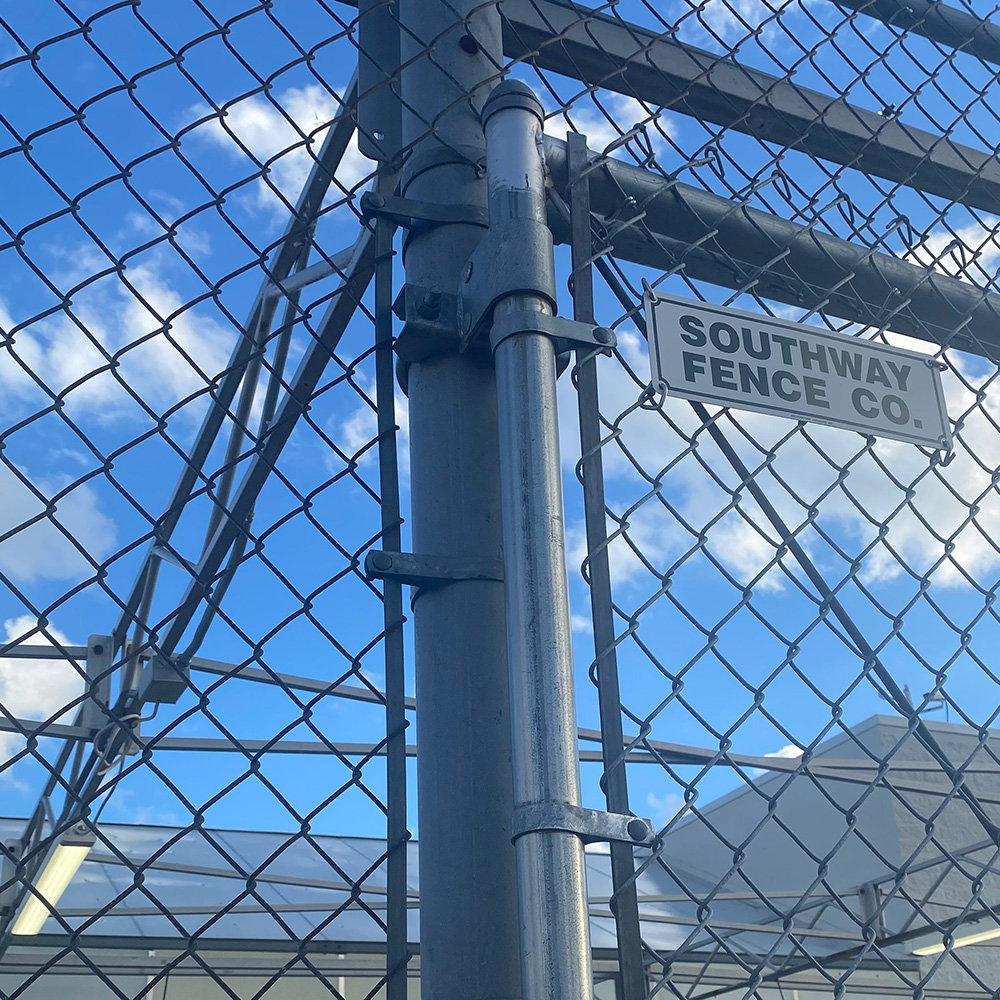
Chain Link Dual Swing Gate
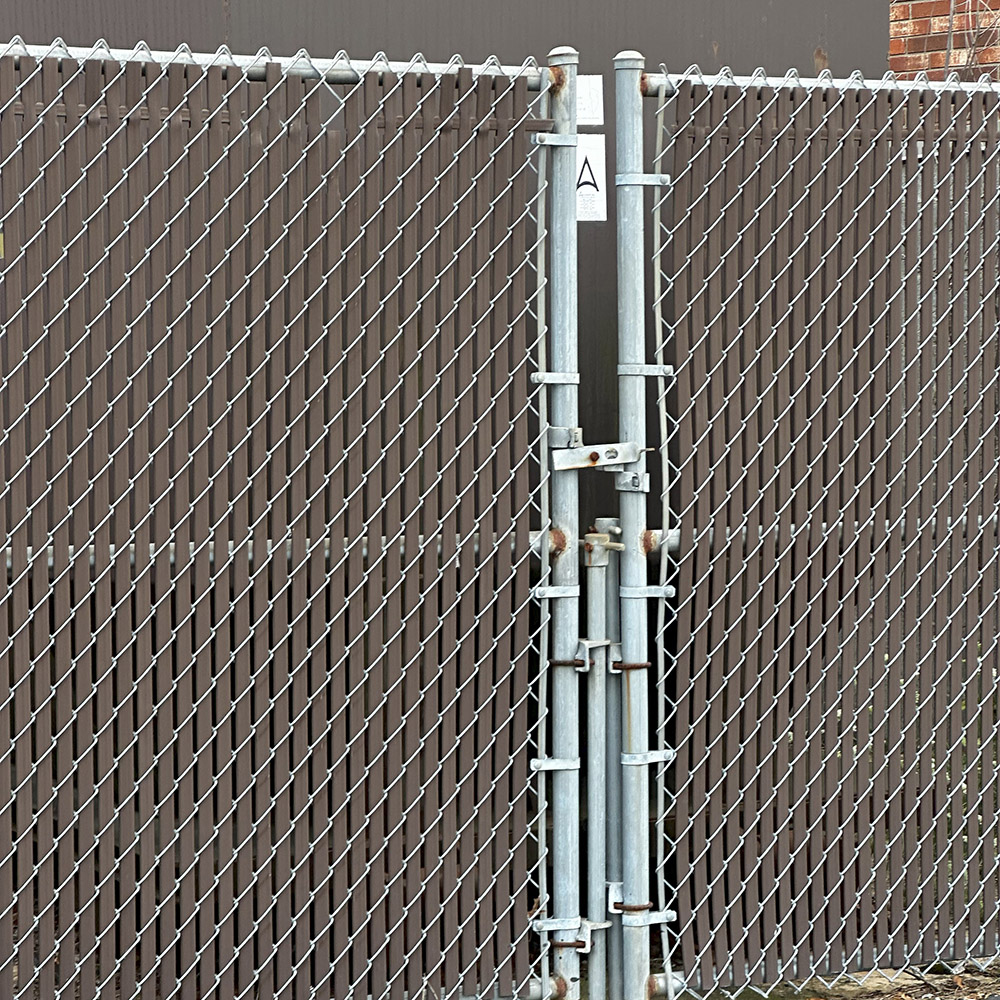
Chain Link Cantilever Gate
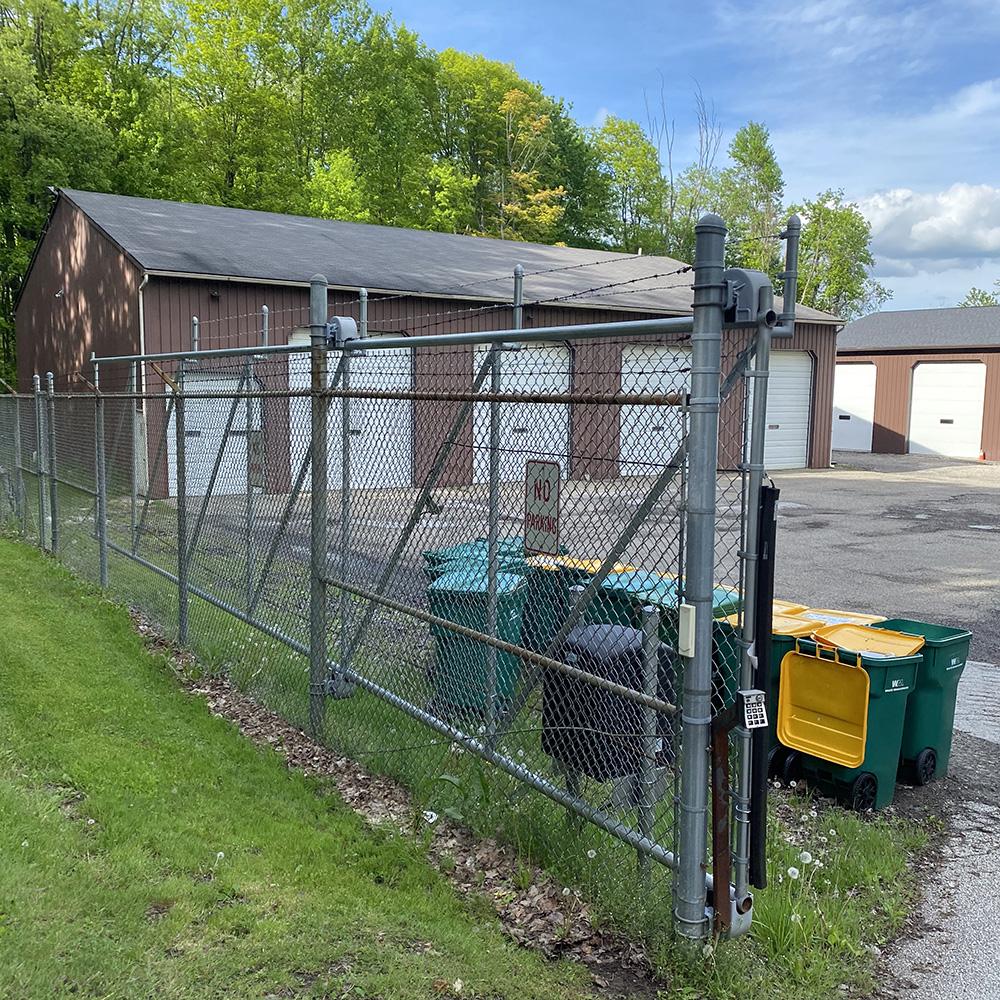
Chain Link Truck/Trolley Gate
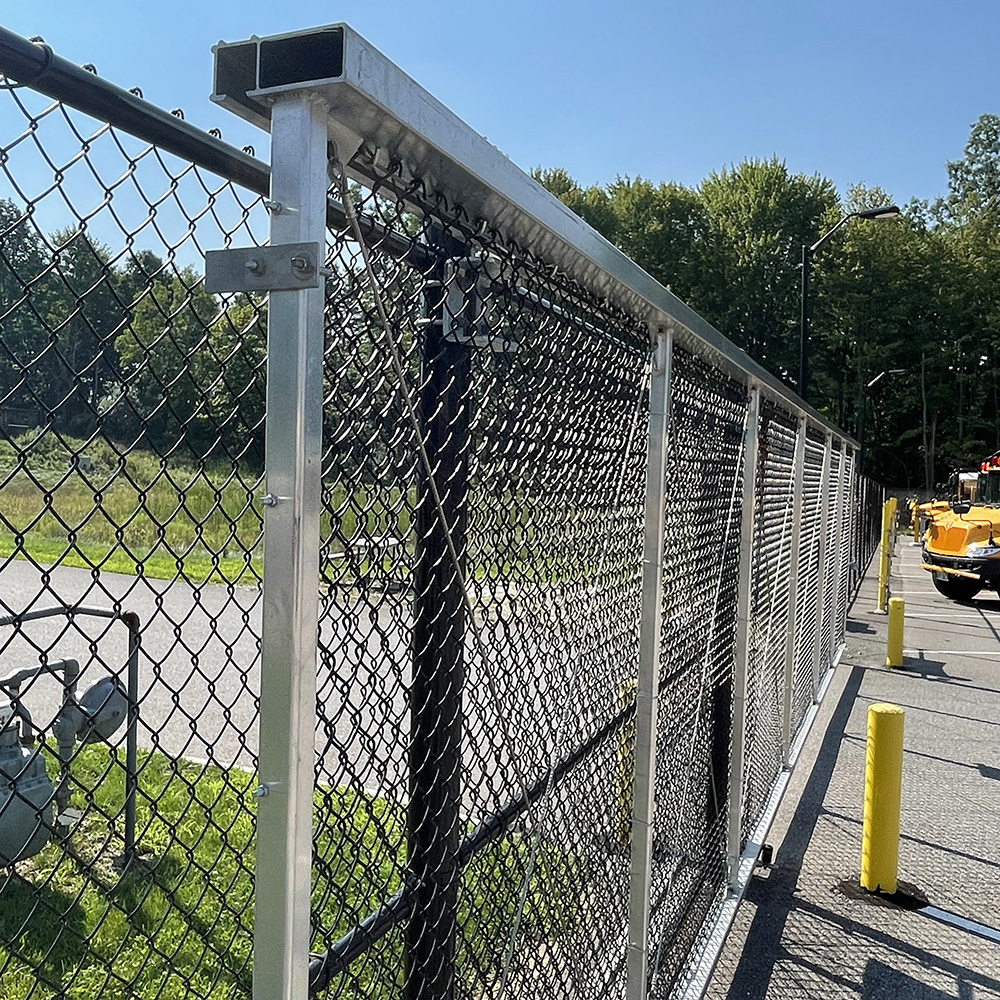
Chain Link Roller Gate
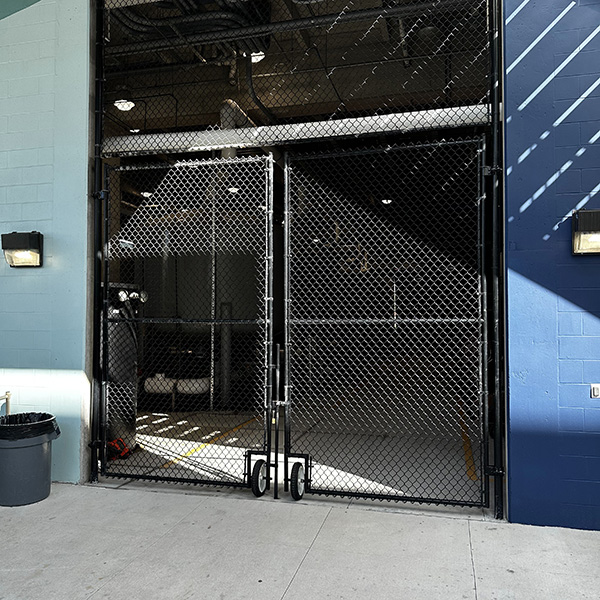
How to Build a Chain Link Gate
As mentioned, there are several types of chain link gates, and assembly and fittings differ. Building the gate frame and attaching the mesh are just two steps in the process, so let's start there; then, we can look at what you will need to make the gate functional.
Building A Chain Link Gate Frame
The gate frame consists of tubing and the gate corners that will connect them. You may also need self-tapping screws or bolts. Measure for the necessary length and height of the gate and create a rectangle with the tubing, cutting and connecting as needed with a saw and sleeves. Then, slide the tubing into the gate elbows and secure it. You may also accessorize with post caps and scrolls later.
Attaching Chain Link Mesh to a Gate
With the gate frame assembled, you will need to add the mesh using tension bars, tension bands, and fence ties depending on the length and height of the gate to secure the fabric to the top and bottom rails. Shorten or lengthen the mesh to the gate size as needed, then wrap the tension bands around the gate frame, sandwiching the mesh and securing it with carriage bolts. Then, weave the tension bar into place. This step can be done with a stretcher tool if needed. Secure the mesh to the top and bottom rails with fence ties if needed.
Installing a Chain Link Swing Gate
Installing one or two swing gates is simple. All you need is your choice of hinges, typically two per gate, and a latch or drop rod. This step may be easier with some help to prop up the gate while you secure the hinges. Stand the gate up along the fence, then secure the hinges to the gate frame and the fence post. Generally, you will want to space the hinges near the top and bottom of the gate to distribute weight and tension evenly. Install the male half onto the gate for pintle hinges, with the pintle facing downward. Align the female hinges on the fence post and secure. Then, lift the gate up and back down into the female half of the hinge. With the hinges secured and the gate in place, you can attach your latch or drop rod.
Installing a Chain Link Slide Gate
There are two slide gate types, often called cantilever gates. Cantilever gates will require a few more fittings and instructions than swing gates. Cantilever gates differ from "rolling gates" as they do not have a physical wheel attached to the gate frame nor hinges swinging the gate open perpendicular to the fence. Cantilever gates can be installed with either cantilever rollers or truck/trolley assemblies. Though the fittings differ, installation is similar.
Installing Cantilever Rollers
Install two bottom cantilever rollers 1 inch off the ground on the inside of two adjacent fence posts. Wrap the posts with the U-shaped bolt and secure them with the included nuts. Ensure the roller is level. Then, install the two top rollers similarly but do not tighten them. Lift the gate on top of the bottom rollers and adjust the top rollers to allow the gate to slide but not fall from the tracks. Test the gate's opening and closing a few times, and then install the roller covers and the large V-receivers on the opposite gate opening fence post and on the cantilever roller side to catch the gate when it opens and closes.
Installing Truck/Trolley Assemblies
Truck and trolley assemblies for rolling slide gates are like the installation of cantilever rollers, but you will need at least two sets of truck assemblies and trolley assemblies and truck brackets. As with the cantilever roller, attach the truck brackets to the bottom of two adjacent fence posts on the inside opposite the mesh. For this assembly, you may install these at least 1 foot from the ground. Then, secure the truck assembly to the truck bracket.
For the top assembly, you may opt for a trolley assemblies or another truck assemblies. For the truck assembly, you will install two truck brackets and two truck assemblies at the top of the fence posts, but this time, they will face downward. Then, you must attach the cantilever gate tracks to the top and bottom of your gate frame. Lift the gate onto the bottom track and adjust the top truck assemblies as needed. For the trolley assembly, you will need overhead beam hanger assemblies to install an I-beam over the gate opening and along the opening side of the fence line. Then, attach the trolley assemblies to the top of the gate frame and slide onto the I-beam. *Note that you may opt only to install the overhead trolley assembly, but the gate may not be as stable and secure.
Installing a Chain Link Roller Gate
The term roller gates sometimes describe cantilever slide gates, but roller gates more commonly refer to gates with wheels attached to the gate frame. Roller gates have a wheel attached to the far end of the gate frame, allowing for extra support and smooth operation. The wheel is perpendicular to the gate frame on swing gates, whereas, on a slide gate, it will be parallel to the gate frame. The wheel assembly is quickly secured to the gate frame with a bulldog clamp. Place the U-shaped bolt around the gate frame, secure it to its counterpart, and ensure the wheel is secured with the locking pin.
If you have any further questions about chain link fence and gate fittings, don't hesitate to contact our sales representatives. They are happy to help in any way they can! Also, explore our Resources Hub for informational and instructional content.
Contact Us
